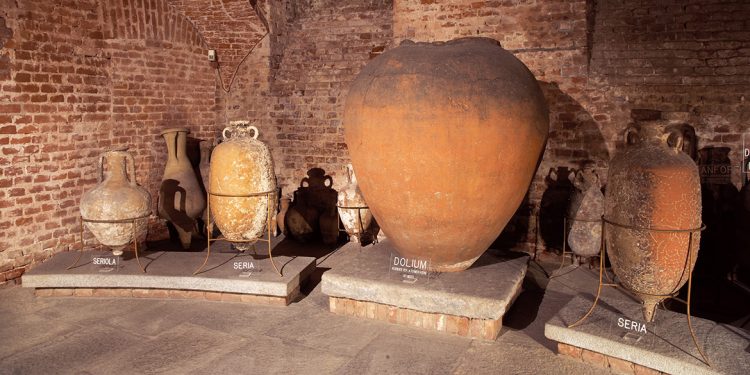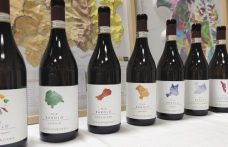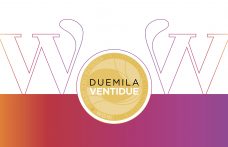
Wine in steel or terracotta: what’s the difference

Going beyond ideological positions that certain “naturalistic” philosophies sometimes generate a little uncritically, the use of terracotta in winemaking is still being studied. One of the questions debated is whether the naturalness of the material the container is made with might be in itself (or else in what measure) a guarantee of effective neutrality.
Research at the University of Florence
This is the direction that research on the chemical-mechanical behaviour of wine clay is going in, carried out by the Ugo Schiff chemistry department of the University of Florence (coordinated by Prof Luciano Lepri). There are two aims: to comparatively determine the chemical and chemical-physical macro-parameters of the wine made from grapes grown in the same vineyard, but vinified both in terracotta pots and in steel, and to ascertain the porosity of the said pots before and after vinification.
Porosity and baking temperature of the amphorae
Artenova supplied four different experimental amphorae that they manufacture, two baked at a temperature of 1050°C for 70 hours, and two at a temperature of 900°C for 78 hours, asking the researchers to assess the influence of these two parameters. The first measurements highlighted that the amphorae baked at a lower temperature showed a higher percentage of water absorption (about 18%) compared to the others.
Experiments on Sangiovese and Cabernet Franc
The test will now be repeated on similar portions of amphorae that have come into contact with wine. The results of the other part of the project are also interesting: Sangiovese and Cabernet Franc grapes were fermented and aged (simultaneously), both in the two different types of amphorae and in traditional steel containers. At the end of fermentation, the aromatic profile and mineral composition of the wine did not show any particular differences between the two containers. It was observed however that, during fermentation, both types of amphora tended to cede small quantities of aluminium (in the form of silicate), the main component of the starting clay for making the pots.
by Stefano Tesi
See also ...




The battle continues with the new Chianti Gran Selezione
On 11th November, the Chianti Wine Consortium announced Read more
